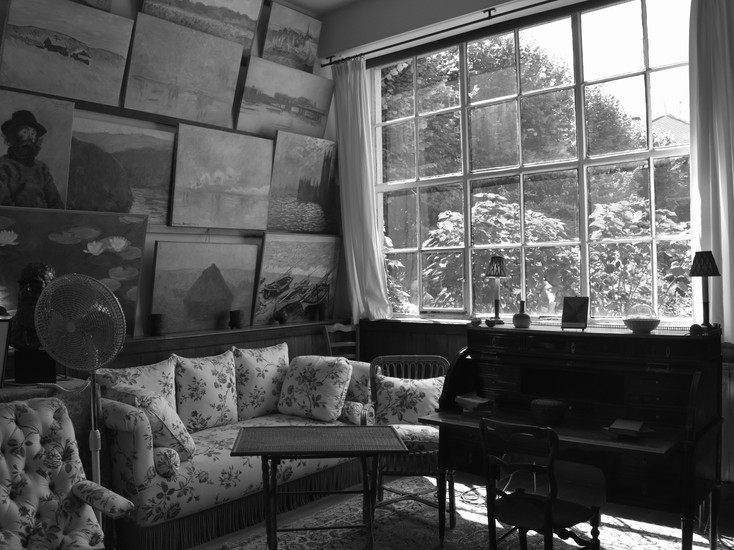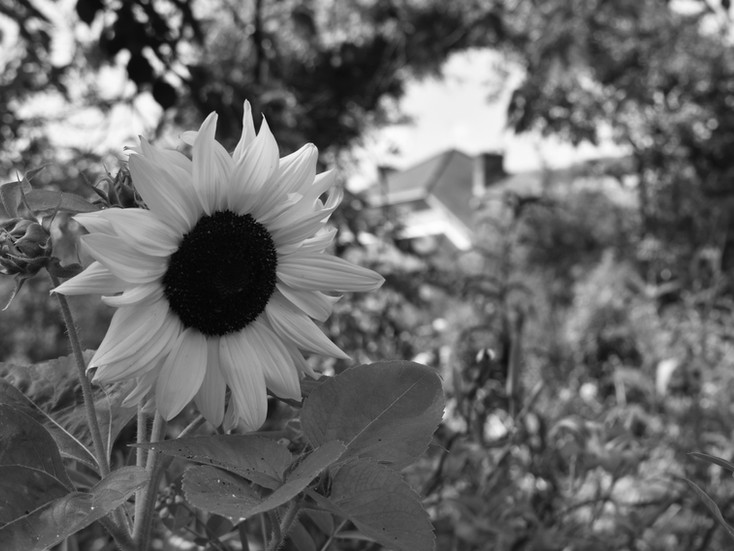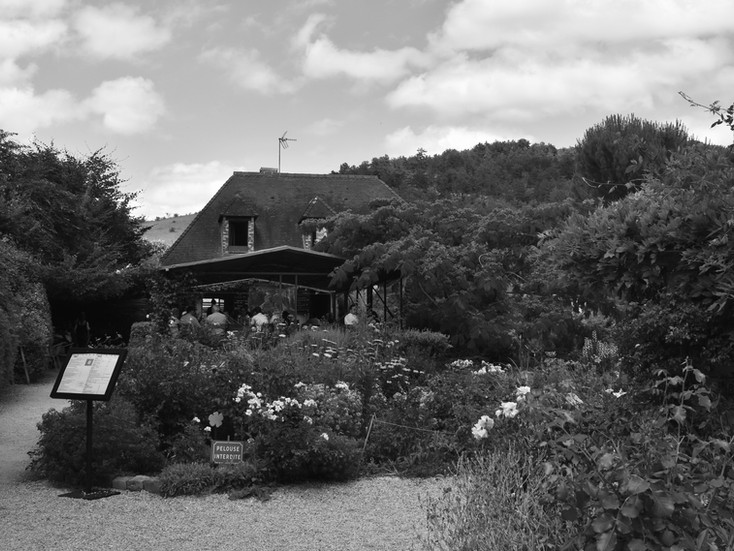My Masterpiece is My Garden
- glosnapgs
- 6月30日
- 讀畢需時 2 分鐘
Art legacy spread around France. Its richness is as much as the “Water Lilies” by the French Impressionist Claude Monet. Depicting his flower garden at his home in Giverny, Monet created around 250 oil paintings for this “Nymphéas” series. Noted that he suffered from cataracts, visitors will be amazed by how far creativity can go beyond during the last 31 years of his life.
A 2-hour train ride will bring us from the hustling and bustling Paris, to the tranquil and peaceful Giverny in Normandy. Monet spent his last 43 years of life here, which is currently a delightful museum. His pastel-pink house and the Water Lily studio stand on the periphery of the Clos Normand, with its symmetrically laid-out gardens bursting with flowers.
Being a widower, Monet became close to Alice, the wife of his patron Ernest Hoschedé. On the death of Ernest in 1891, they decided to marry and found a blended family. When he learnt that the “Maison du Pressoir” was to be let, Monet bought this country house which is in between Paris and Normandy. Nearby the river Epte and the Seine is ideal to paint outdoors.
Blue for the living room. Yellow for the dining room. Unlike using wallpaper with large motifs and the dark colors in the 19th century, Monet chose to use bright colors for the ground floor walls. His blue kitchen in Rouen faience tiles also reflected him as a hearty eater. He was fond of waterfowl, fish and seafood. 3 cooks worked at the same time in his most prosperous period.
After buying the Water Garden in 1895, Monet started to create his trademark lily pond as well as the famous Japanese bridge. Seasons have an enormous effect on Giverny. Draped with purple wisteria, the Japanese bridge blends into the asymmetrical foreground and background in Spring, creating the intimate atmosphere for which the “painter of light” was renowned.
Emerged in the late 19th century in France, the word “Impressionism” was used as an insult after a Paris exhibition in 1874. Critic Louis Leroy mocked “Impression, Sunrise” by Claude Monet in the Le Charivari, as “a preliminary drawing for a wallpaper pattern is more finished than this seascape”. His antagonistic attack had sprinkled droplets of water on the efflorescent sapling of Impressionism in contrast to traditional art.
Thanks to his dealer Durand-Ruel, Monet could exhibit in New York and was met with critical acclaim in 1886. When the Parisian gallery Georges Petit held an exhibition of his works in 1889, he was considered one of the greatest artists, alongside those of the sculptor Rodin. In his house, he owned a rich collection of works by his friends, such as Eugène Boudin and Renoir.
Rather than his works, such as Impression, Sunrise (1872) and Rouen Cathedral series (1890s), the charmingly preserved house and beautiful bloom-filled gardens are the draws in Giverny.






































留言